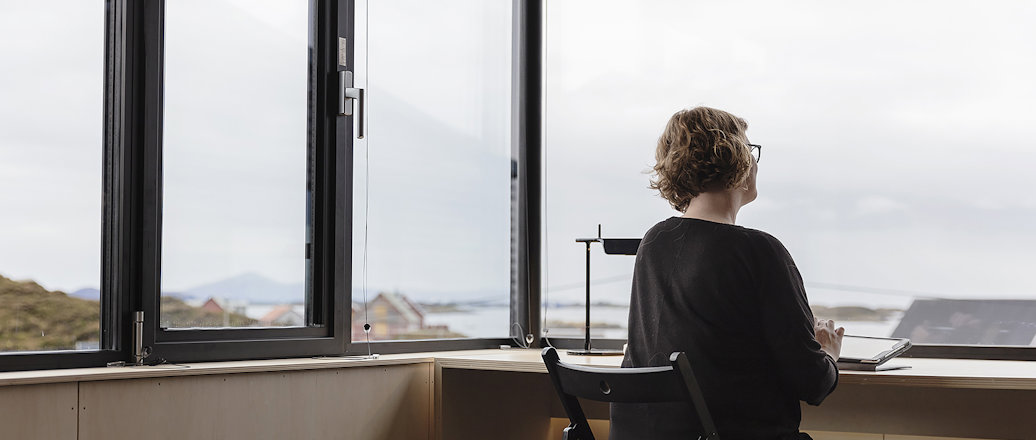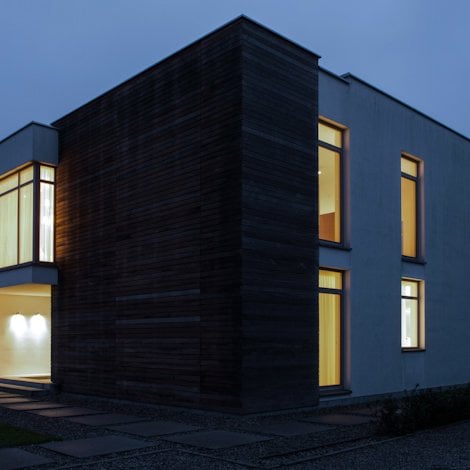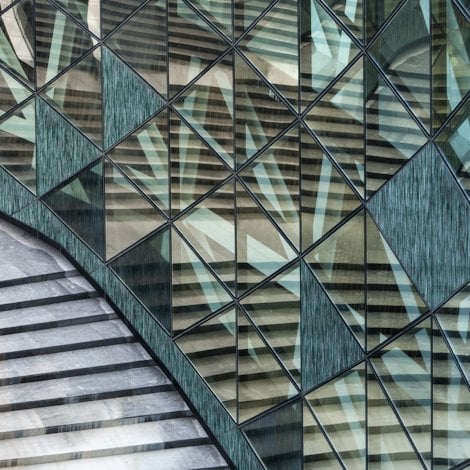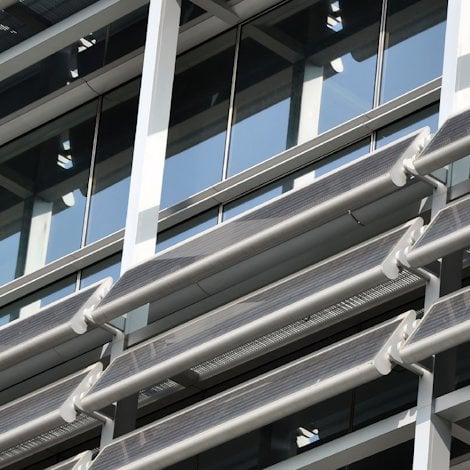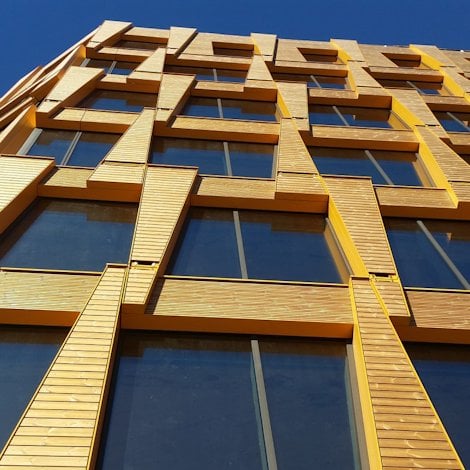How curtain walls can maximize the natural light in your home office
The COVID-19 pandemic led to the closure of workplaces all around the globe and to dramatic changes in work habits and environments, with millions of professionals suddenly asked to work from home. But how well are our homes prepared as healthy places to work?
Workplaces need to have several factors in place so that an employee can feel secure, healthy and motivated. Such as daylight, and having a view to the outside. Our sight is physiologically adapted to daylight. It has governed our internal body clocks for millions of years. We know that getting the right quantity of light signals during the day and enough darkness at night is crucial to good general health. This is because natural light affects our circadian rhythm. It tells the brain the time of day, and this affects our hormone production.
The hormone that makes us sleepy is called melatonin. When light reaches our eyes, our body gets a signal to block the release of melatonin. Instead, the hormone cortisol is produced, which in many ways has the opposite effect to melatonin. It wakes us, or keeps us awake.
Optimal natural light creates a healthier indoor climate
However, all light does not have the same effects. Depending on the light’s intensity and wavelength, it can affect us in different ways. Today we know, for example, that blue light helps keep us awake and alert, while yellow light can make us sleepy.
Natural light contains a high quantity of blue wavelengths, as well as many other wavelengths that our body needs. Because the human eye registers more shades of color in natural light than in artificial light, natural light will always be the best light source. Consequently, architects are using light as a health factor, rather than just an aesthetic factor.
Although this is a new field of research, architects and engineers have started taking light compositions and circadian rhythms into account when designing buildings where people will spend a lot of time inside.
Having a view, and natural light
Having a view has a close relationship to the lighting conditions in your home. Combining view with natural light will affect the aesthetic experience and enjoyment of being in a room. As a result, glass surfaces are extremely important.
The options here are many and varied, and should be defined by the desired aesthetic expression and the geographical possibilities of your home. It is essential to find solutions that take these elements into consideration in relation to the planned use of the rooms and the needs of the residents.
There are several options available that can be chosen separately or combined. Light and a sense of space, for example, can be achieved if you install several windows along a wall. It is also possible to exploit the height of the room by choosing windows that reach from floor to ceiling. Otherwise, sliding doors with narrow profiles will provide greater dimensions that unite both the outdoor and indoor environments.
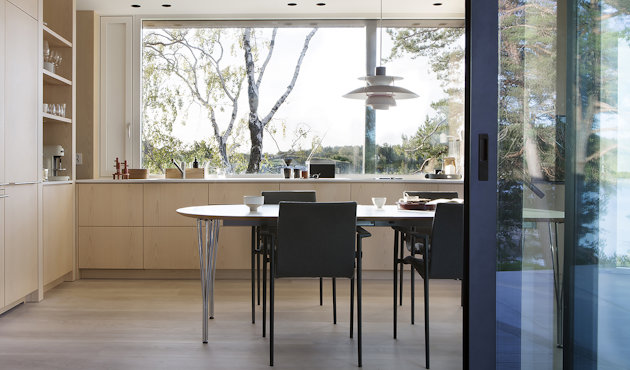
How to improve views and natural light in homes
If you’re planning a house, the most important thing to consider is where and how the light falls. If you’re renovating a house or building a new one, then you should consider the following tips:
- Think about how the different rooms will be used and try to avoid having an overhanging roof, which blocks light from the floor or floors directly below
- Enlarge the windows so they stretch from floor to ceiling, for instance, with curtain walls
- Choose sliding doors that allow large sections to be opened, instead of traditional doors with panels or small panes
- Choose products with the smallest profiles possible, thereby letting in more light and creating an unobstructed view
- Choose large glass panels to maximize the amount of light, in the form of curtain walls or sliding doors
A wide range of energy-efficient, environmentally friendly and maintenance-free solutions are available today, offering plenty of possibilities. It is the products that come in light materials and flexible sizes that allow you to maximize the amount of natural light in your home. After all, optimizing the light conditions at home is an investment in your own health, enjoyment and vitality.

